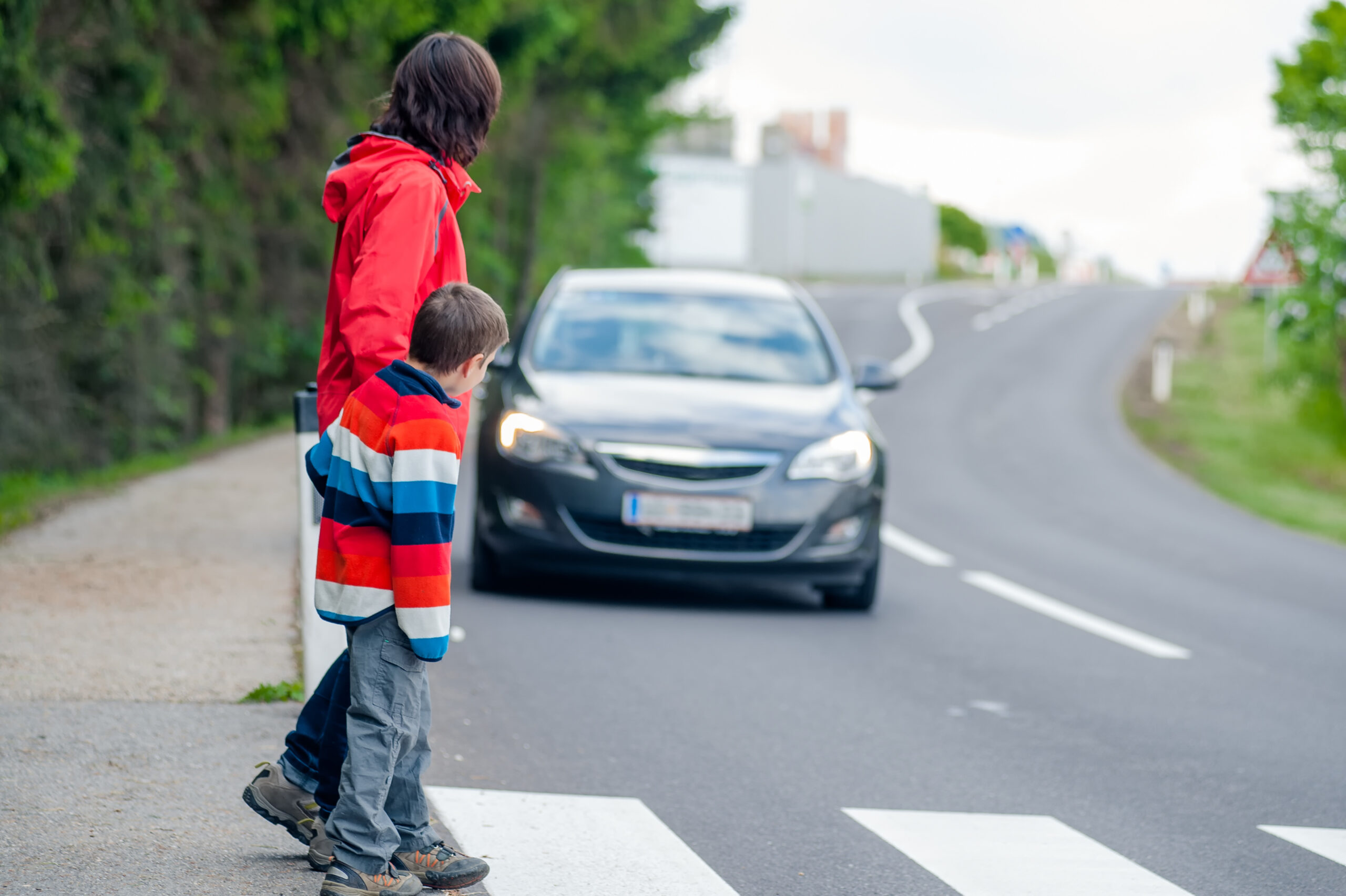Now Reading: Pedestrian Safety Tips: Navigating Traffic With Caution And Awareness
-
01
Pedestrian Safety Tips: Navigating Traffic With Caution And Awareness

Pedestrian Safety Tips: Navigating Traffic With Caution And Awareness
Pedestrian safety is a pressing issue. In dense urban landscapes, maneuvering through traffic as a pedestrian can often be challenging. Each year, countless individuals find themselves facing the harrowing experience of an unexpected traffic mishap.
It is here, in the bustling crisscross of urban life, that sustained injuries in a pedestrian accident occur far too often. Acknowledging the importance of road safety, it’s time to enhance your understanding and improve navigation skills. It’s time to take the right steps towards safety.
Understand Pedestrian Rights And Responsibilities
Moving through busy city streets as a pedestrian carries certain rights and responsibilities. Knowledge of these not only ensures personal safety but contributes to a well-functioning traffic system. Some of these include:
- Utilize Sidewalks And Crosswalks. Pedestrians have the right and responsibility to use sidewalks and crosswalks for their safety and predictable navigation for all road users.
- Adhere To Traffic Signals. Individuals must respect and adhere to all traffic signals and signs, which regulate the flow of traffic.
Understanding these rights and responsibilities forms the foundation of pedestrian safety. Moving forward, it’s important to know the best practices for crossing streets.
Follow Best Practices For Crossing Streets
Crossing streets safely in urban areas requires more than waiting for the walk signal. Here are a few practices that can help pedestrians navigate these areas with confidence:
- Adhere To Traffic Signals And Rules. Always adhere to signals and local traffic rules. Complying with these can be crucial in case of an accident and helps ensure personal safety and the right protection.
- Comprehend Right-Of-Way Laws. Familiarize yourself with the local right-of-way laws to better understand when it’s safe to cross the street. Additionally, grasping these laws is essential as it could be pivotal in assessing liability if a pedestrian accident arises. Proper knowledge and adherence not only ensure your safety but also protects your rights.
Knowing these strategies empowers you to cross streets more confidently and safely. Next, let’s explore how to be more visible to drivers.
Increase Your Visibility To Drivers
Enhancing your visibility to drivers is critical when navigating traffic as a pedestrian. Here are some strategies to stand out:
- Don Light-Colored Clothing. Choose light-colored or reflective clothing to make you more noticeable, especially in low-light conditions.
- Employ Light Aids. Carry a flashlight or wear a blinking light. In the dark, these tools can significantly increase your visibility.
By making yourself more visible, you’ll increase your safety on the road. Now let’s look at how to navigate special situations.
Navigate Special Situations Effectively
Walking in traffic can present specific challenges like high-traffic areas, blind corners, and parked cars. Here are some tips to help you navigate through them:
- Exercise Caution In High-Traffic Areas. Use pedestrian crossings and remain extra vigilant.
- Handle Blind Corners Safely. Make your intentions clear and proceed only when sure it’s safe.
- Move Around Parked Cars With Care. Look for signs of movement, like brake lights, indicating a car might move suddenly.
Mastering these situations increases your overall safety. The key to this is staying alert and minimizing distractions.
Stay Alert And Minimize Distractions
Staying alert is vital in maintaining pedestrian safety. Here are some ways to keep your focus on your surroundings:
- Avoid Headphone Use. Music or conversations can distract from the noises of traffic or warning sounds.
- Minimize Smartphone Use. Looking at your phone takes your eyes off the path and the surrounding traffic.
- Remain Alert And Aware Of Your Surroundings. Maintain your attention on the traffic, sounds, and movement around you. This can help identify and react to potential hazards promptly.
Avoiding distractions keeps your focus on safety. Yet, it’s also crucial to understand common mistakes that pedestrians make.
Avoid Common Pedestrian Mistakes
Awareness of common mistakes can help you avoid potential dangers. Some of these mistakes and how to avoid them include:
- Be Proactive For Your Safety: Never Presume Drivers Have Seen You. Make eye contact when possible. Always cross at designated points for enhanced safety.
- Respect Traffic Signals. Obey traffic signals, even if there is no immediate traffic.
Avoiding these common errors significantly enhances pedestrian safety. This becomes even more crucial for special populations.
Consider Safety Tips For Special Populations
Certain groups, like children, older adults, and individuals with mobility issues, require additional considerations. Here are some safety tips for these groups:
- Older Adults. Enhance visibility by using aids like reflective vests and sticks on pedestrian crossings.
- Children. Inculcate understanding and adherence to traffic rules from a young age.
- For Individuals With Mobility Issues. Utilize mobility aids for enhanced movement and confirm drivers recognize your presence before crossing.
Catering to these special considerations ensures that everyone can navigate traffic safely. By understanding these tips and implementing them, we all contribute to a safer walking environment.
Commit To Pedestrian Safety: A Conclusion
Embracing safe practices significantly impacts your safety in urban traffic. Understanding pedestrian rights, following best practices, increasing visibility, and staying alert are essential for pedestrian safety. By avoiding common mistakes and considering special populations, we contribute to a safer community for all pedestrians.










